
Office for Zero Emission Vehicles
Using the power of design to accelerate the adoption of zero-emission road transport
Tags
The UK government’s transport decarbonisation plan is a world-leading ‘greenprint’ for building a net zero transport system by 2050. Key to delivering on the plan will be a switch from petrol and diesel cars to electric vehicles (EVs) – replacing all cars with EVs would cut the country’s total carbon footprint by 12 per cent, Nottingham Trent University has found. That’s 42 million tonnes of CO2 per year.
The Office for Zero Emission Vehicles (OZEV) wanted to encourage more people to switch to EVs. So, we teamed up with the Royal College of Art to design the blueprint for an emblematic chargepoint as recognisable as Britain’s red post boxes or black cabs.
As the only firm able to deliver end-to-end innovation under one roof, from user research, through product design, to technical engineering, we were able to bring together a unique team with all the skills needed to ensure a successful design concept. Focusing on human-centric design principles, we spoke with electric car users, traditional motorists, disability and consumer groups, and industry stakeholders to draw out the real needs of people and businesses. This work complemented the government’s consumer experience consultation and ensured the design was aligned with accessibility standards, infrastructure strategy and local authority guidance. We used the results of the exercises plus our rich experience of developing transport infrastructure to ideate, test and develop a design concept.
The result is an inclusive, inspiring and sustainable design that has the potential to become an instantly recognisable piece of street furniture. The design’s human-centred practicality means it could spark a revolution that will have a profound impact on the quality of our environment and the lives of future generations.
Key successes
- Designed an EV chargepoint concept by combining leading capabilities in human insights, design and innovation, energy infrastructure, and transport
- Created an inclusive and transformative design by conducting primary research with EV users, non-users, disability and consumer groups, and stakeholder organisations
- Developed the new design from research, through concept, to prototype by leveraging our world-class innovation expertise and facilities
- Established a visible emblem to help position the UK at the forefront of advances in EV manufacture, charging infrastructure and battery technology

Decarbonising transport for a positive human future
Worldwide, road transport accounts for 15 per cent of CO2 emissions. This makes the transition to electric vehicles crucial to limiting global warming to 1.5°C above pre-industrial levels and mitigating the worst impacts of climate change. But while electric vehicles (EVs) are becoming increasingly popular, positive action is needed to encourage wider adoption.
Changing how we perceive electric vehicles
In the run-up to COP26, the 2021 UN climate change conference, the UK Government saw an opportunity to raise awareness and generate excitement about the the role design can play in helping people make the switch to zero emissions vehicles. Their ambition? To unveil a new design concept for EV chargepoints that could become as recognisable as the red post box or black cab.
By designing a concept that makes charging easy, safe, and practical for as many people as possible, government aimed to shift how people think about electric vehicles and get more people choosing to drive them.
The need for a user-focused design that will inspire and accelerate behaviour change sat against a complex backdrop. Many private operators are already designing and installing innovative charging devices across the UK. And local authorities are already rolling out local charging infrastructure.
We also had to deliver for COP26, an unrivalled opportunity to inspire the world through great British design. Our approach included unearthing critical user and market insights, developing a concept for approval by an influential steering board and producing a prototype for presentation on a world stage.
Delivering end-to-end innovation
We assembled a unique mix of capabilities to meet this complex challenge, including our expertise in human insights, exceptional product design and engineering capability, and vast experience of the EV ecosystem.
Our people’s combination of skills and knowledge had already helped a chargepoint manufacturer develop its home-charging offer, advised private equity investors on future trends in mobility, and modelled the infrastructure and energy requirements for the shift to EVs. And this experience gave us the credibility to engage with players across the ecosystem.
To support the transition to EVs, it’s integral that we have the infrastructure to support it. My vision is for the UK to have one of the best EV infrastructure networks in the world, with excellent British design at its heart.”
While we aimed to create an emblematic design for this project, it was critical we developed a design that would deliver a seamless service. We added to our design credentials by bringing the Royal College of Art on board, including their experienced designers and recent graduates. This brought different perspectives to the process, with a particular focus on service design, ensuring we were able to create a design that would be both instantly recognisable for decades to come and meet the needs of a myriad of stakeholders.
Underpinning the design brief with deep human insights
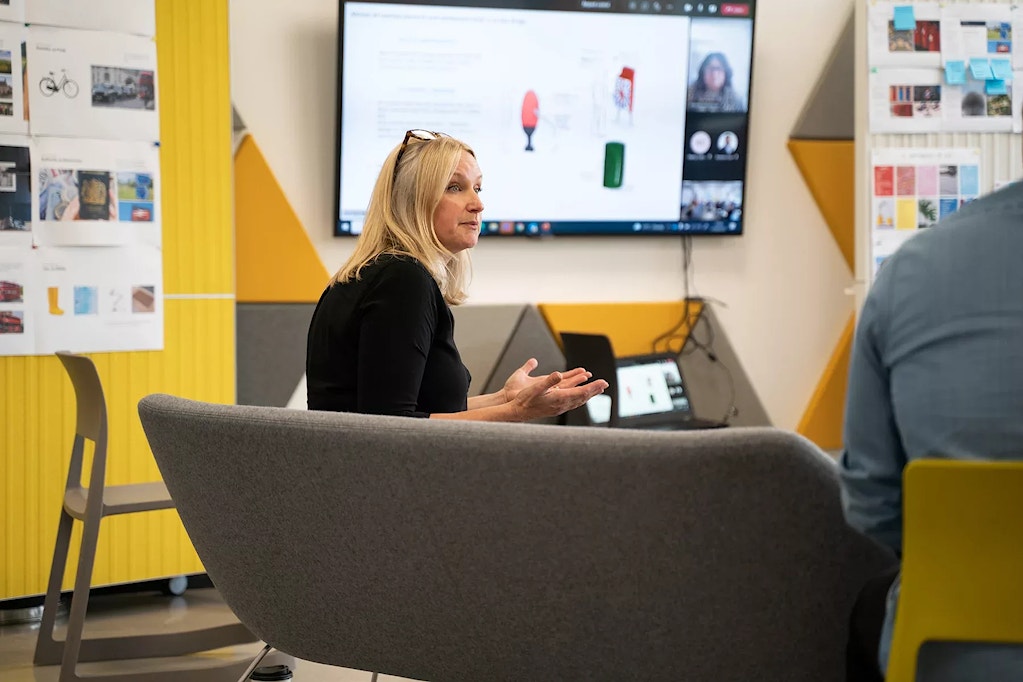

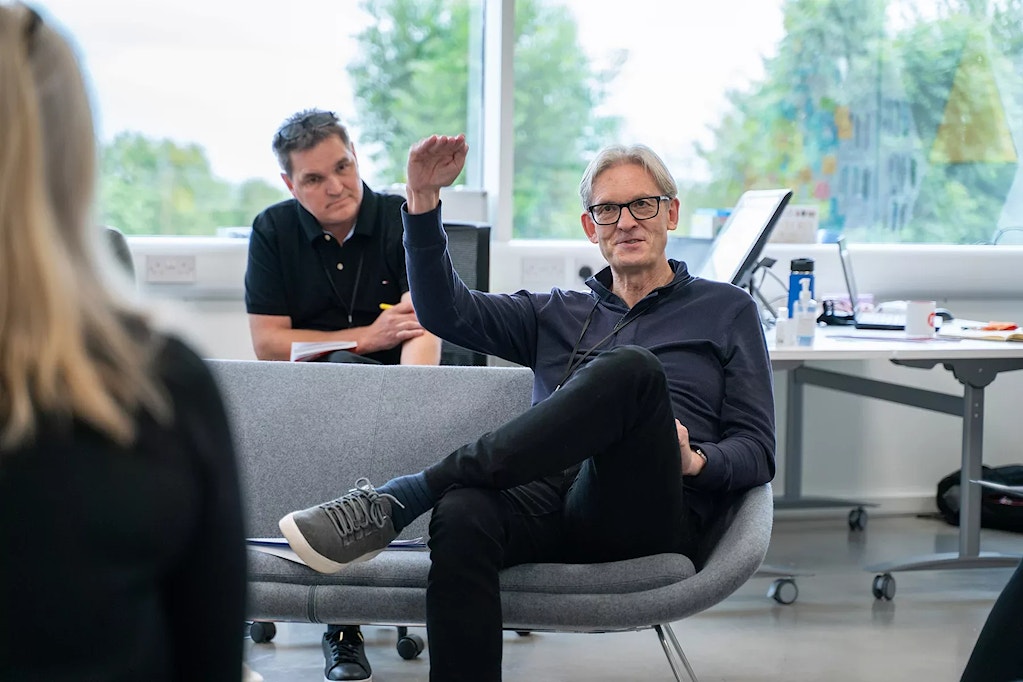
Working at pace, we developed and delivered a bespoke programme of primary research to uncover rich human insights, translate these into requirements and establish a comprehensive design brief. This consisted of two strands:
- An online diary study with EV drivers to uncover the pain points the new design needed to resolve
- A series of consumer engagement clinics with EV and non-EV users, gathering 98 hours of input, to understand wider attitudes to electric vehicles and charging infrastructure in the UK
Our rigorous programme of research ensured we heard user and non-user voices throughout the innovation process, from concept to delivery.”
For the online diary study, we recruited a diverse group of EV drivers from across the country, including people with impaired mobility and people from a range of age groups and ethnic backgrounds. We asked each driver to keep a diary of their charging experience over a week and, via virtual debriefs, to tell us about the practical challenges they encountered. Broken chargepoints, hard-to-manage cables and chargepoints in dark and unsafe locations all emerged as sources of frustration.
Our consumer engagement clinics enabled us to dive deeper into wider attitudes to EV charging and charging infrastructure. For example, we included pedestrians and drivers of conventional vehicles in these sessions to explore what they wanted from the new chargepoints, as changes to street furniture can have big impacts.
Understanding the wider ecosystem
To supplement this user research, we also engaged with different organisations in the EV space to understand their perspective. We leveraged our network of contacts across the ecosystem to connect with chargepoint manufacturers and operators, local authorities and consumer and disability groups such as Motability. This work complemented the government's consumer experience consultation and ensured the design was aligned with accessibility standards, infrastructure strategy and local authority guidance.
Understanding the essence of British design was vital too. So, we sourced specialist expertise in semiotics – the study of signs and symbols. This work identified the tension (or antagonism) between contrasting elements, such as joy and utility or heritage and modernity, which is a hallmark of leading British design.
We brought together these different perspectives to establish a set of best practice design principles spanning five characteristics:
The principles also brought the tension between different requirements into a reasoned and practical balance, shaping a design people will love.
We have the breadth of expertise and experience to understand the key touchpoints for stakeholders across the EV infrastructure. By unpacking and resolving conflicting priorities among stakeholders, we’ve been able to enhance the consumer experience and drive greater useability in the design to accelerate a shift in consumer behaviour.”
Refining the design
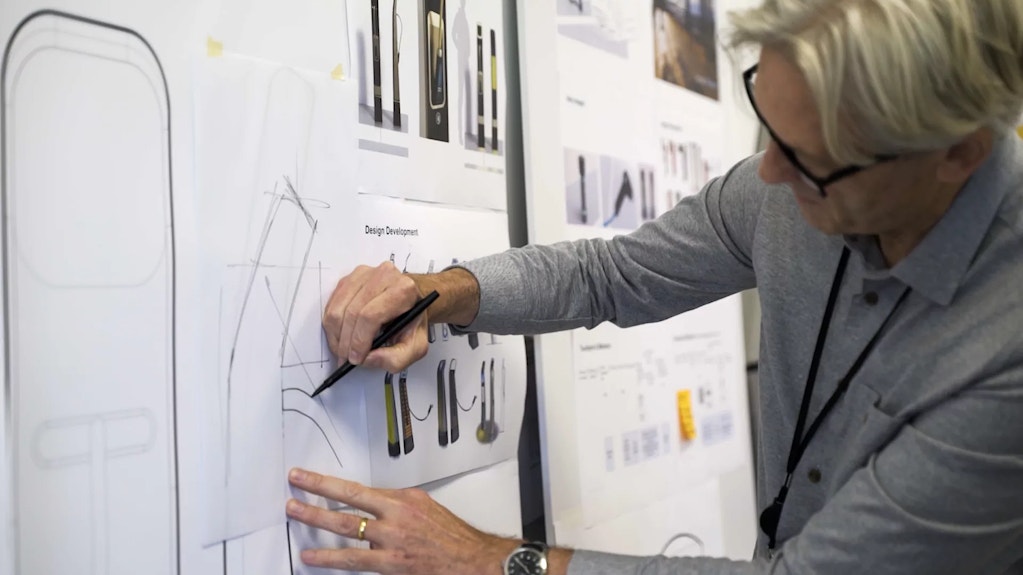
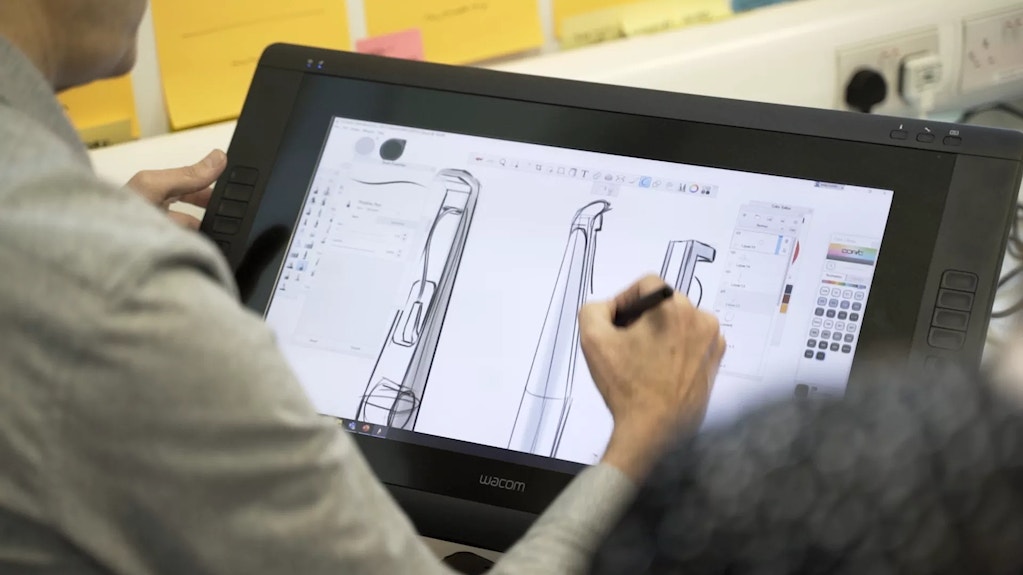
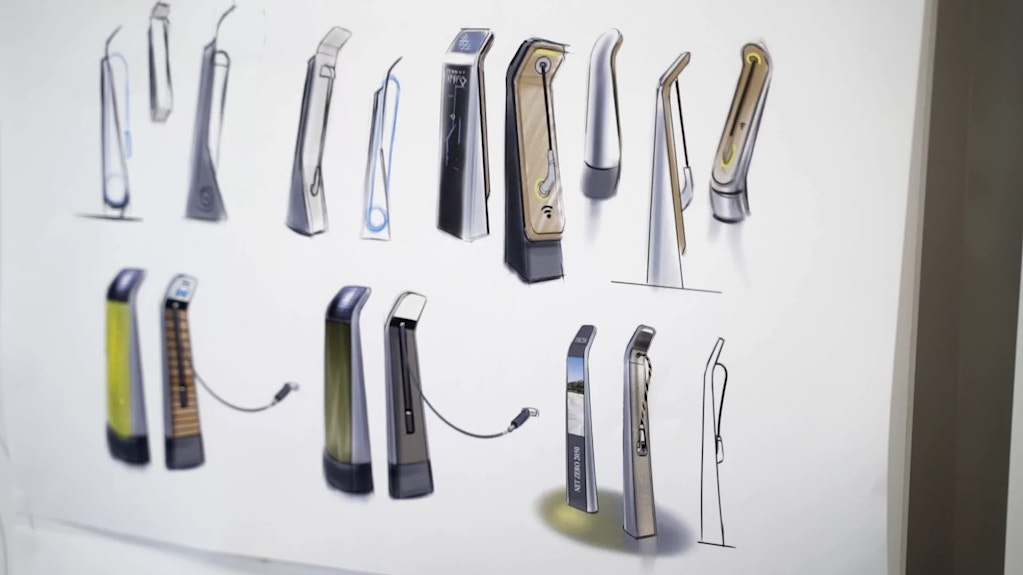
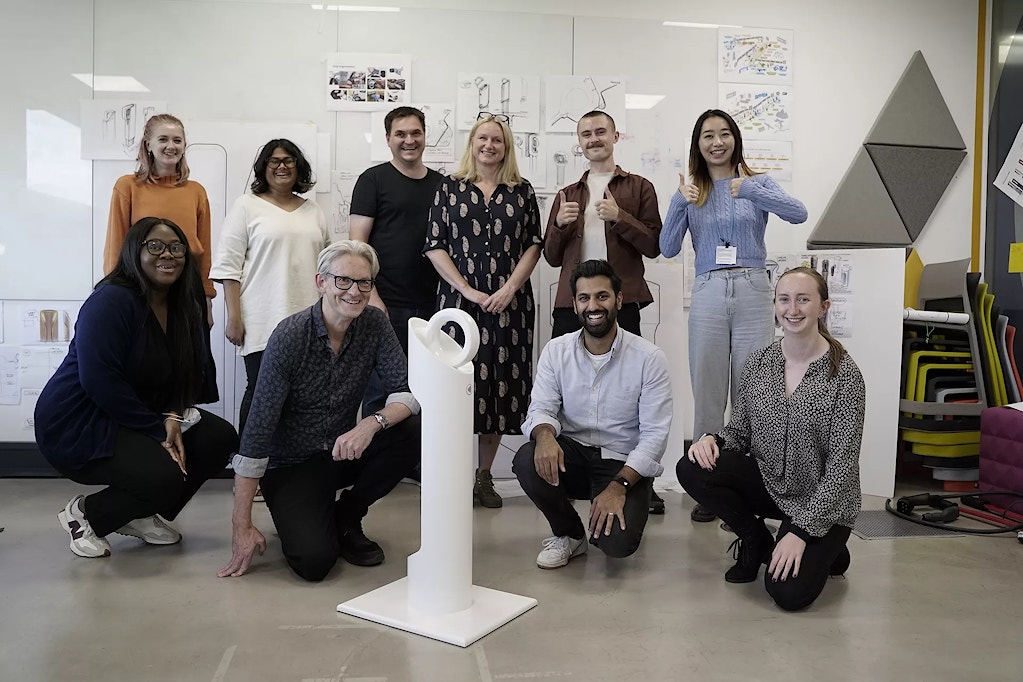
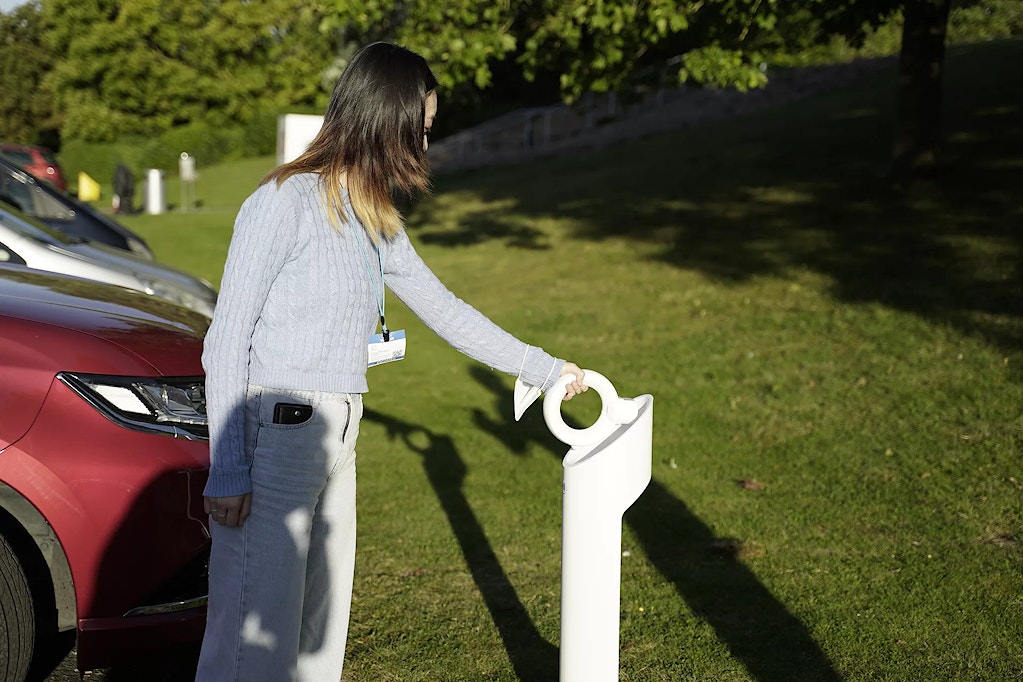
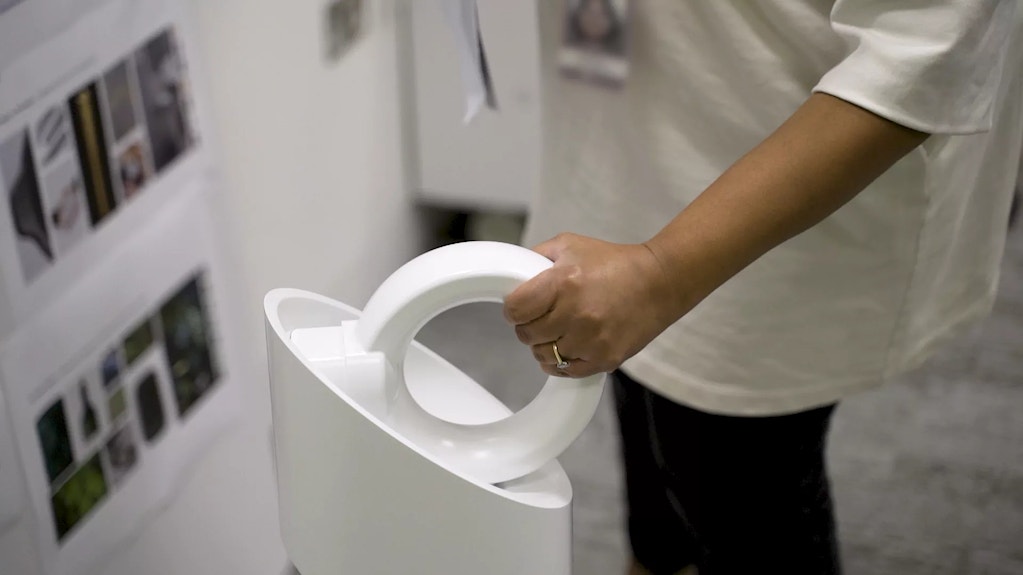
Alongside our insight-led human centric programme of research, we also ran an ‘expressive’ workstream, thinking without constraints to generate genuinely innovative ideas to feed into the design process. This workstream allows to fully explore ideas such organic forms inspired by nature, experimentation with joyful visual expressions and joyful user experiences.
Based on our research insights and inspiration from the expressive workstream, our design experts produced a set of initial concepts for the new chargepoint. Through a series of design sprints, we presented visuals and accompanying descriptions to digital focus groups, each with both EV users and non-users included.
It’s been a remarkable experience, working with PA on such an iconic project. Our designers have a different perspective to PA’s, which made for some great conversations as we worked together to find the right solution for people. And collaborating with PA’s technology experts to bring the design to life was a great example of how brilliant design and ingenious technology can change the world.”
Building on insights from the sprints, we built prototypes of the four most promising concepts and invited different members of the public to participate in face-to-face focus groups at our Global Innovation & Technology Centre. Here, they had the opportunity to try out the prototypes and vote for their preferred option.
We then further honed the four concepts and presented them to the steering board that was guiding the project, which included senior figures from engineering company Arup, the UK’s Design Council, Historic England, and University College London. After rigorous discussions with these independent experts and stakeholders, we took a single design concept forward. We built a full-sized prototype and accompanying set of design principles, which we launched to the world at COP26.
Our design concept provides a blueprint, which manufacturers can use in any context to create recognisable, user-friendly chargepoints. This will enable drivers to easily find and use any chargepoint regardless of its location, removing the need to grapple with different interfaces when they need to charge their car. Our hope is the chargepoint will become as recognisable as the postbox.
Inspiring change through human-centric design
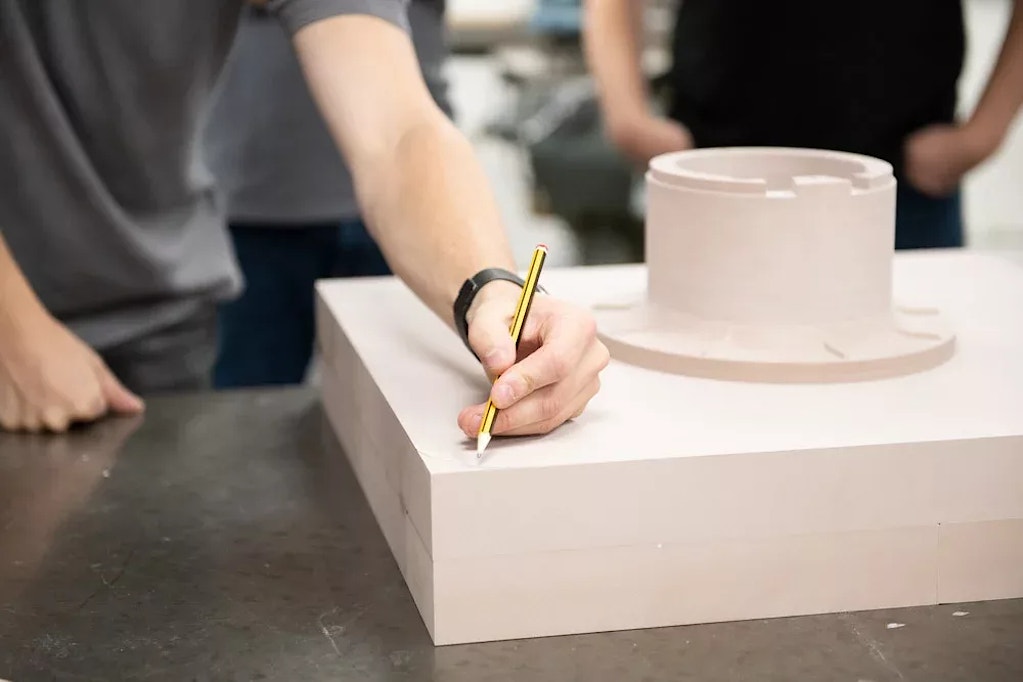
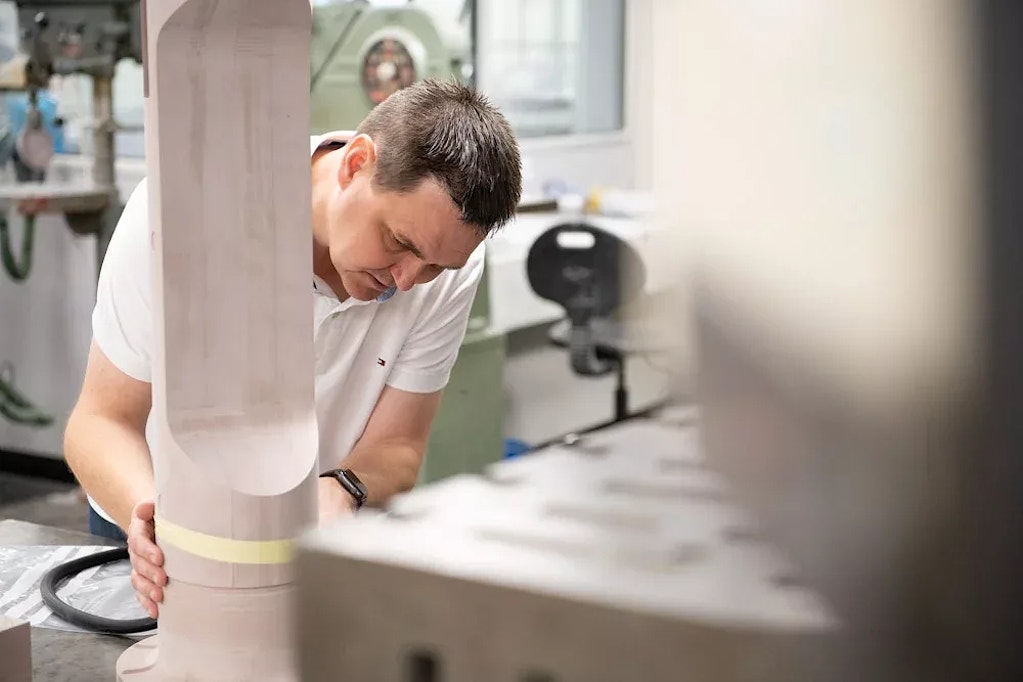
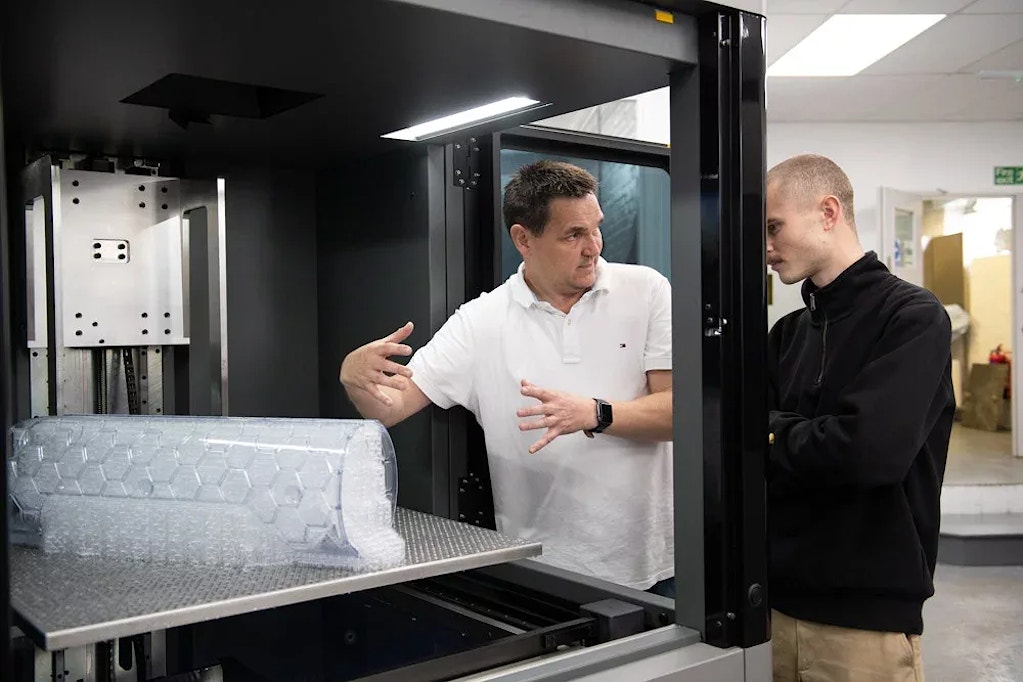
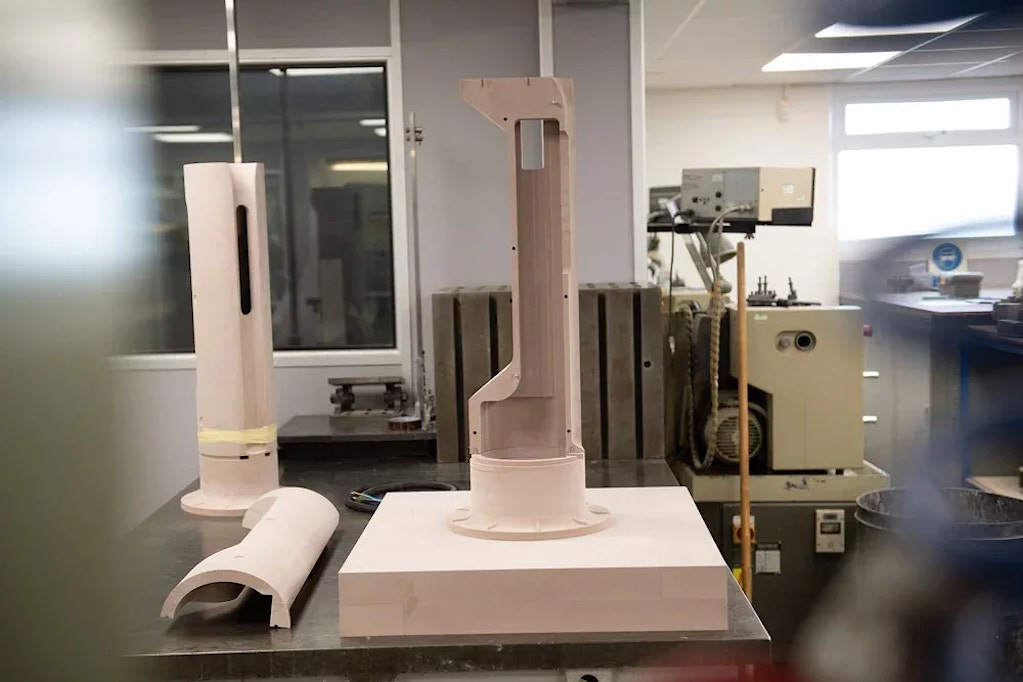
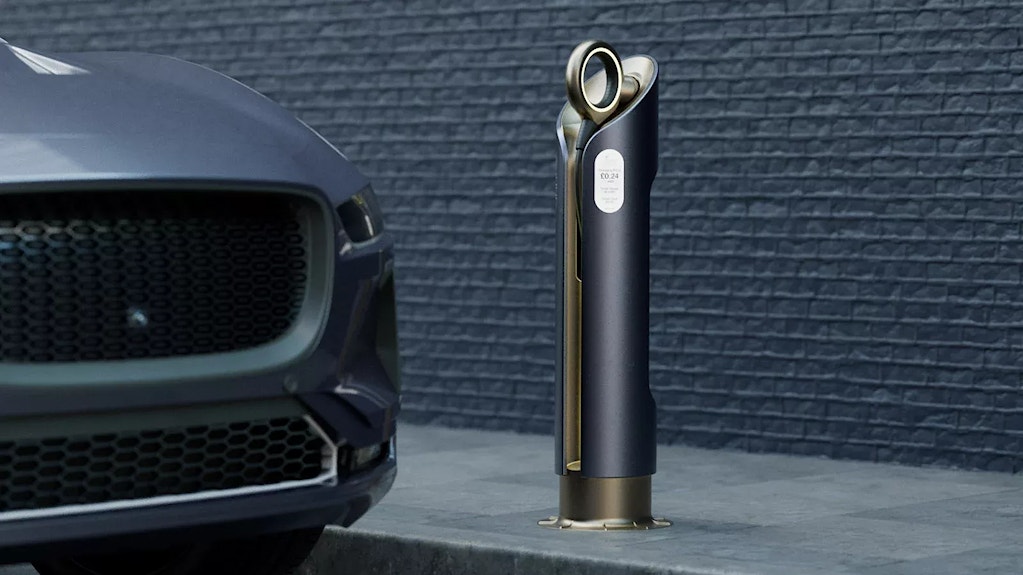
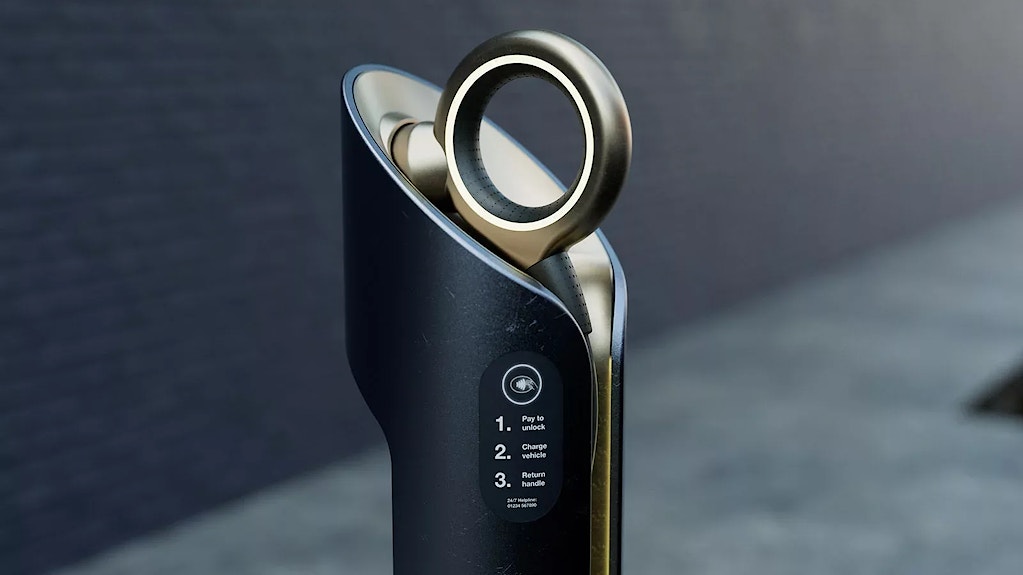
The final chargepoint design combines practicality and inclusivity with inspiring aesthetics. Simple and modern in appearance, the design incorporates a sense of joy that encourages engagement and inspires users to reach out and use the new device. By improving discoverability and usability, the design will have a profound impact on how we think about EVs and charging, accelerate the transition to zero-emission road transport, and help deliver the reduction in carbon emissions needed to secure our future.
The new chargepoint our PA team designed with the Royal College of Art has the potential to become a British icon, redefining the UK landscape and driving a generational shift in the vehicles people choose to drive. It will also help to position the UK as a global leader in design, EV manufacturing, charging infrastructure and battery technology. We look forward to working together with the public and industry on elaborating this design framework that will accelerate the chargepoint rollout and bring the electric vehicle revolution to our streets.”
Explore more





